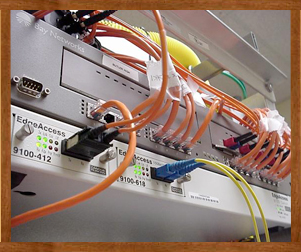The main job of a Web server is to receive and respond to requests from Web client computers. The three main elements of a server are the hardware, Web server software and operating system software. After a firm decides what kind of site they need for their business they must decide on what type of server they need. They need to estimate the number of visitors they might have on their site, the average number of pages the user will visit, how large the pages will be and the number of simultaneous visitors.
There are several different types of Web sites to choose from. Picking the right one will be reliant on what purpose the site needs to fulfill. Development sites are simple sites that are used to evaluate different Web sites with little initial investment. Intranets are corporate networks that house internal memos, corporate policy, handbooks, expense account worksheets, budgets, newsletters, and other corporate documents. Extranets are Intranets that allow authorized persons outside the company to access certain parts of information stored in the system. Transaction-processing sites are commerce sites that must be available 24 hours a day, seven days a week. These must have spare servers for handling high traffic and the proper software. Content-delivery sites are sites that deliver information such as news, histories, and summaries.
When you use your computer to access the Web, it becomes part of the client/server network. Computers that function as servers generally have more memory and larger, faster disk drives than the client computers. These computers require software to use them, like browser software and it needs to be platform neutral. There are two types of pages that can be delivered. A dynamic page is one that is interactive with the user and can respond instantly to user requests. A static page is an unchanging page that is simple and requires no
|
